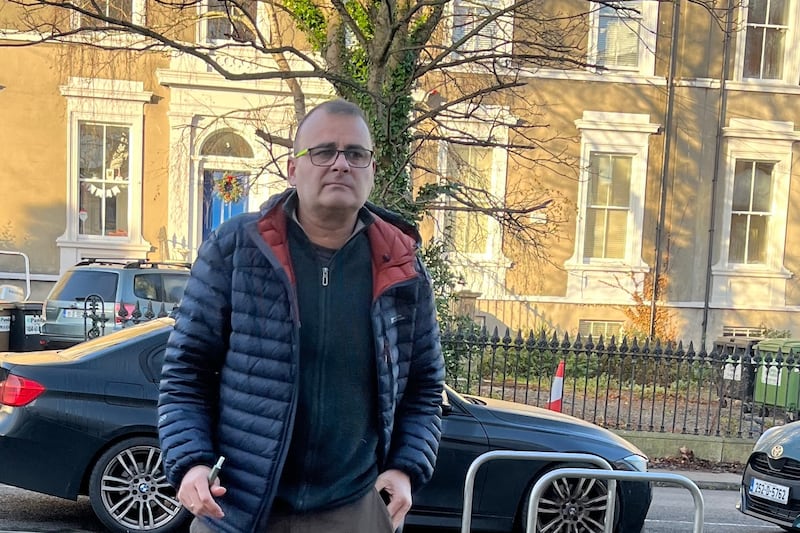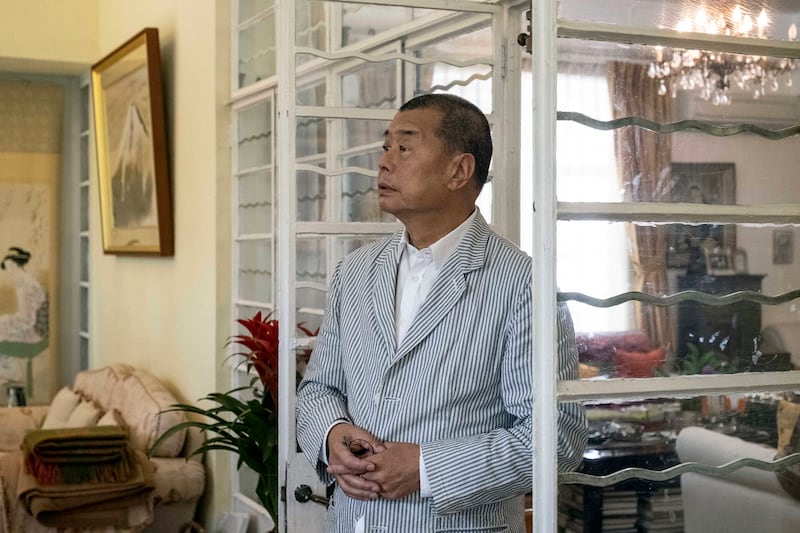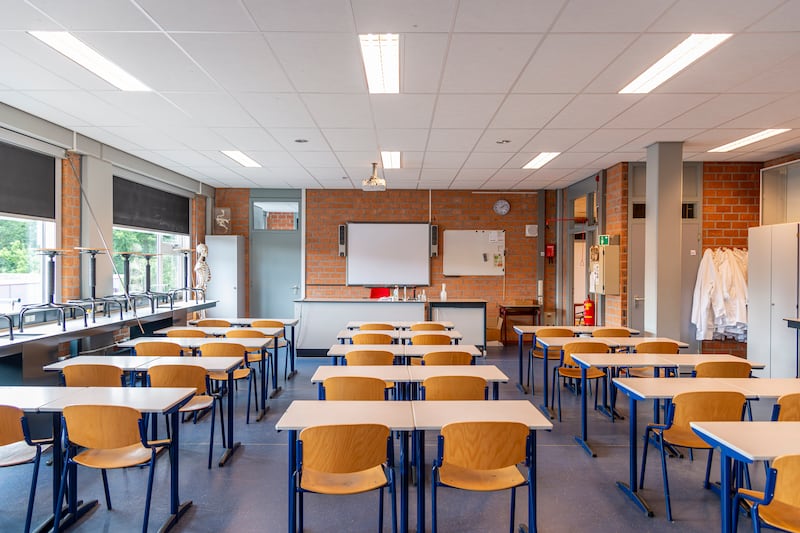For the past 15 years, engineer Anthony McLoughlin, founder of recent start-up Better Futures, has been using his combined skills in added value, data science and rocket science to help blue-chip manufacturers such as Airbus, Mercedes-Benz and Rolls-Royce to successfully introduce generative design, advanced analytics and AI into their manufacturing.
These are big players that have the human and technical resources to apply such cutting-edge technologies to their processes. But what about small- and medium-sized players? Where do they start to work out how AI, for example, could work for them?
“The bottom line is that they’re struggling with AI, and very few have made real progress,” McLoughlin says. “This is not a technology issue. It’s an adoption issue and there’s a huge chasm between the promise of AI versus the reality of its adoption.
“Around 90 per cent of manufacturers and engineers are at point zero in terms of integrating AI because they see it as too abstract or too complex. In theory they know it works, but most have no idea where to start and are feeling totally overwhelmed.”
READ MORE
Having seen this disconnect over and over again, McLoughlin set out to build a bridge that would make it easy and cost-effective for engineers to identify how AI could be used to improve what they do.
[ AI will transform work but will it be an augmentor or a destroyer?Opens in new window ]
“What was needed was a way of giving people their first quick win with AI, because going the conventional route of commissioning a consulting project to identify best use case scenarios is both very expensive and very slow,” McLoughlin says.
“The big breakthrough that’s allowed us to bridge this gap is the emergence of GPT technology. It solves the root cause of the problem, which is fragmented knowledge and access to experts.
The biggest challenge for us is speed. We need to go fast and go big, as this field is moving at lightning speed
— Anthony McLoughlin, Better Futures
“Using GPT, we’ve been able to build our EVA [engineering virtual assistant], which is the first dedicated AI assistant platform designed to help engineers and manufacturers adopt AI with a significant reduction in lead time and cost, with no need to build data lakes, hire and train data scientists or pay for expensive consultants,” McLoughlin says.

‘Ireland is a microcosm of a global housing problem’
The Better Futures platform is free for B2C (business to consumer) users to try out (after that, a premium subscription is required) and McLoughlin describes it as “the first playbook for engineers who want to become AI leaders in their organisations”. Once on the platform, engineers can explore how AI could help them, try out use cases, such as design optimisation or reducing machine downtime, and get a demo of a manufacturing AI assistant. For B2B (business to business) users there’s an enterprise pricing model that will enable the company to deploy an AI assistant to work with the company’s own data.
Better Futures began operating earlier this year and is based at NovaUCD, where it currently employs four people. So far about €500,000 has gone into bringing the company’s first full minimum viable product to market. Financial backing has come from founder equity and local Irish investors led by hospitality entrepreneur Jason Molloy.
[ Scarlett Johansson is right: AI companies must be more transparentOpens in new window ]
“The biggest challenge for us is speed. We need to go fast and go big, as this field is moving at lightning speed,” McLoughlin says. “It’s imperative to build momentum quickly, and to this end we will be looking to close a seed round in 2025,” he adds.
“We already have single users on the platform and an initial pipeline of B2B customers. Now we are ramping up the marketing engine to get the word out. Our biggest potential customer group are the estimated 20 million-plus engineers globally, 90 per cent of whom have yet to get on board with AI. Ultimately, with AI and our platform, we envision a future where engineers spend 80 per cent of their time truly innovating. Today that figure is around 20 per cent,” McLoughlin says.
- Sign up for Business push alerts and have the best news, analysis and comment delivered directly to your phone
- Find The Irish Times on WhatsApp and stay up to date
- Our Inside Business podcast is published weekly – Find the latest episode here





















